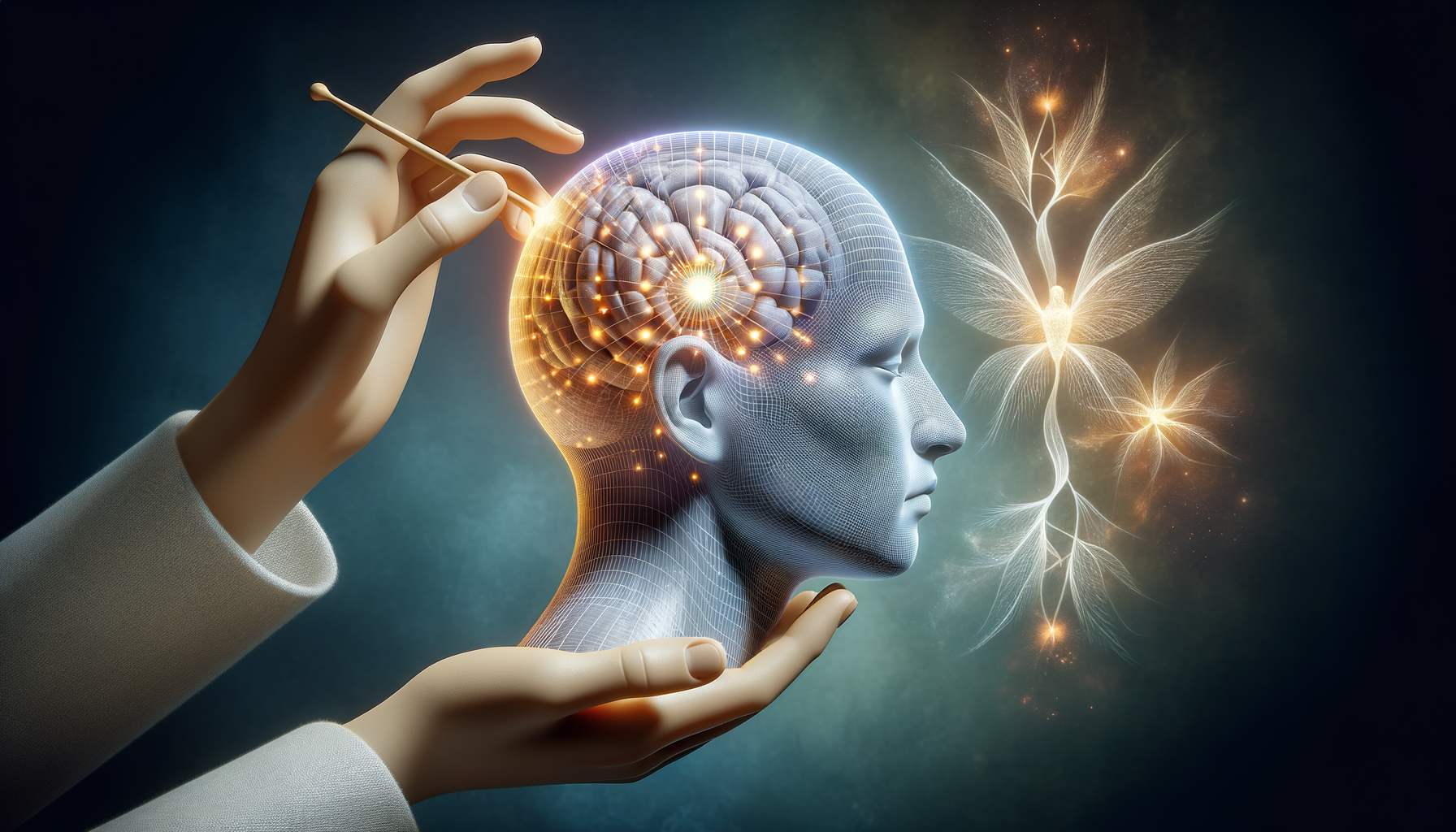Understanding Migraine: A Complex Condition
Migraine is more than just a headache; it’s a neurological condition that often presents with debilitating symptoms. Characterized by intense throbbing or pulsing pain, usually on one side of the head, migraines can significantly affect an individual’s daily life. Common symptoms accompanying a migraine include nausea, vomiting, and extreme sensitivity to light and sound. The exact cause of migraines remains elusive, but they are believed to result from abnormal brain activity affecting nerve signals, chemicals, and blood vessels in the brain.
The prevalence of migraines is noteworthy, affecting approximately 12% of the global population, with women being three times more likely to suffer from them than men. This gender disparity is often linked to hormonal changes. Migraines can be triggered by a variety of factors including stress, certain foods, changes in sleep patterns, and environmental changes. Understanding these triggers is crucial for managing the condition effectively.
While medication is a common treatment, it doesn’t work for everyone and can have side effects. This has led many to explore alternative therapies, such as massage therapy, to manage their symptoms. By delving into the benefits and types of massage therapy, we can better understand how it might offer relief to those suffering from migraines.
The Role of Massage Therapy in Migraine Relief
Massage therapy is emerging as a complementary treatment for migraine relief, offering a non-pharmaceutical approach to managing symptoms. The primary benefit of massage therapy for migraine sufferers is its ability to reduce stress and tension, which are common triggers for migraines. By promoting relaxation and improving circulation, massage therapy can help alleviate the intensity and frequency of migraine episodes.
Research supports the potential benefits of massage therapy for migraines. A study published in the “Annals of Behavioral Medicine” found that individuals who received massage therapy experienced fewer migraines and better sleep quality compared to those who did not. The physical manipulation of muscles and tissues during a massage can also release endorphins, the body’s natural painkillers, providing further relief.
Massage therapy is not only about reducing pain; it also offers a holistic approach to health by improving overall well-being. It encourages a state of relaxation, which can help in managing stress and anxiety, both of which are linked to migraine occurrence. For those seeking a natural and holistic approach to migraine management, massage therapy presents a promising option.
Types of Massage for Migraine Relief
Several types of massage can be particularly effective in alleviating migraine symptoms. Each type targets specific areas and employs different techniques to provide relief. Here are a few that are commonly recommended:
- Swedish Massage: Known for its gentle and relaxing techniques, Swedish massage uses long, flowing strokes to reduce muscle tension and improve circulation. This type of massage is beneficial for overall relaxation, which can help in reducing migraine triggers.
- Deep Tissue Massage: This massage focuses on deeper layers of muscle and connective tissue. By applying firm pressure, it can help release chronic muscle tension, which is often linked to migraines.
- Trigger Point Therapy: This technique targets specific points in the body that are believed to cause pain in other areas. By applying pressure to these points, it can help alleviate headaches and reduce migraine frequency.
- Craniosacral Therapy: A gentle, non-invasive form of massage that focuses on the craniosacral system (the membranes and fluid surrounding the brain and spinal cord). It is believed to help balance the central nervous system, potentially reducing migraine symptoms.
Choosing the right type of massage depends on individual preferences and specific migraine triggers. Consulting with a professional massage therapist can help determine the most appropriate type of massage for each individual.
Integrating Massage Therapy into Migraine Management
Integrating massage therapy into a migraine management plan requires a thoughtful approach. It’s essential to consult with healthcare professionals to ensure that massage therapy complements existing treatments and doesn’t interfere with any medical conditions. A collaborative approach involving doctors, massage therapists, and patients can lead to a more effective management strategy.
Regular massage sessions can be scheduled as part of a preventive strategy to reduce the frequency of migraines. It’s also important to maintain open communication with the massage therapist, providing feedback on what techniques are most effective and adjusting the approach as needed. Keeping a migraine diary can help track the effectiveness of massage therapy and identify any patterns or triggers that may arise.
Aside from massage, incorporating lifestyle changes such as regular exercise, a balanced diet, adequate hydration, and proper sleep can enhance the benefits of massage therapy. By adopting a holistic approach to health, individuals can improve their overall quality of life and potentially reduce the impact of migraines.
Conclusion: Embracing a Holistic Approach to Migraine Relief
For those seeking alternatives to traditional migraine treatments, massage therapy offers a promising avenue. Its ability to reduce stress, improve circulation, and promote relaxation makes it a valuable tool in managing migraines. By exploring different types of massage and integrating them into a comprehensive migraine management plan, individuals can find relief and improve their quality of life.
While massage therapy is not a cure for migraines, it can be an effective part of a holistic approach to managing the condition. By combining massage with other lifestyle changes and medical treatments, individuals can take control of their migraines and enhance their overall well-being. As always, consulting with healthcare professionals is crucial to ensure that any treatment plan is safe and effective.




Leave a Reply